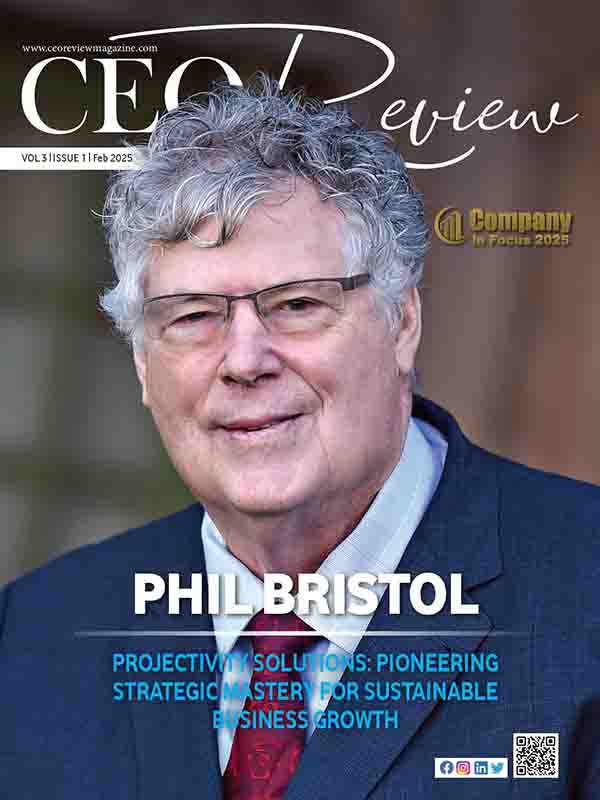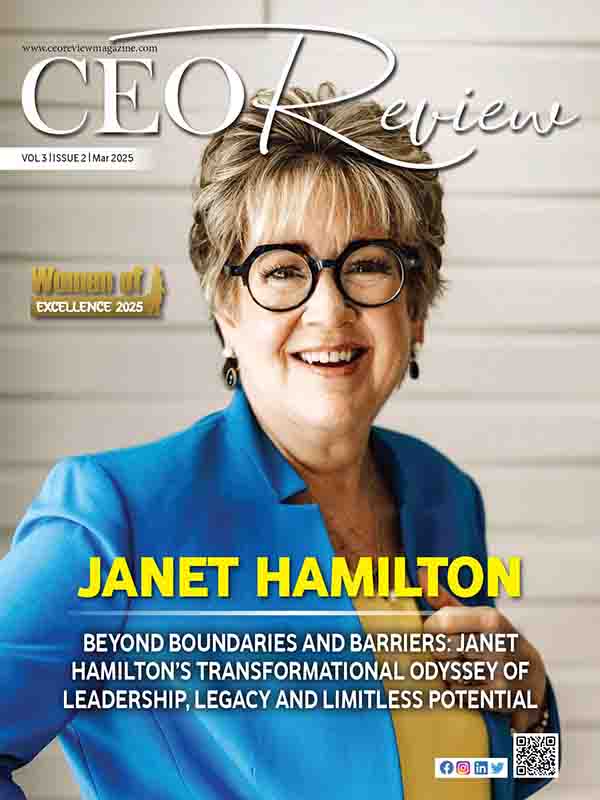After-Sales Service: The Art Of Making Your Customers Happy
“After-sales service is the art of making your customers happy. It’s a process that begins when they purchase your product or service, and it doesn’t end until they’re completely satisfied.
It’s important to remember that after-sales service is about more than just fixing things that go wrong; it’s also about providing the little extras that turn a good customer experience into a great one.”
The importance of after-sales service
After-sales service is an essential part of any transaction involving goods and services. Providing customers with good after-sales service not only builds customer loyalty but also encourages them to make future purchases from you. Valuing customers who have already made a purchase creates an atmosphere of trust and respect that makes them feel valued and more likely to refer other potential clients to the business.
After-sales services, such as repairs or maintenance, contribute to customer satisfaction by helping keep their products in working order, thus improving the overall user experience. This makes customers more likely to return and come back for additional offerings from your business in the future.
How to make your customers happy
The customer is always right, which is why customer satisfaction is so important. To make your customers happy, start by providing quality products and services followed up with exemplary customer service. Make sure that any customer inquiries are responded to in an efficient, polite, and friendly manner. To retain customers, offer loyalty programs or rewards such as discounts or free products. It’s also important to focus on building relationships with your clients – emphasizing that you value their business and appreciate their feedback.
If a customer does not have a good experience let them know it won’t happen again, apologize for the negative experience and address the issue immediately. That way your customer feels heard and appreciated, which will make them feel valued and lead to long-term customer satisfaction.
The benefits of a satisfied customer
Satisfying customers is an essential part of business success, as a happy customer will often be the best advertisement for a company. Customer satisfaction can lead to increased sales and profit, as people are more likely to recommend products and services they have had a positive experience with.
Happy customers can also reduce staff turnover, as customers who feel valued and respected by the company are more likely to purchase from them again. It benefits both the customer and the business: customers feel heard and their expectations are met; in turn, businesses reap the reward of continued loyalty from that customer. Ultimately, having satisfied customers is about giving them value for their money in terms of quality products and excellent service.
Also Read: 10 Best Sales CRM Software 2023
Case studies of excellent after-sales service
After-sales service, also known as customer service, is an integral part of doing business. A company’s ability to stand by its product and provide necessary help should it run into complications or suffer from wear and tear can help build customer loyalty and trust. A great example of after-sales service done right is the one provided by the popular automotive repair shop, CarServe Auto Repair. They treat their customers with friendly, helpful attitudes and guarantee the work they perform on their vehicles.
Furthermore, they automatically inform customers when regular maintenance needs to be carried out. Their evidenced commitment to providing speedy services and not taking advantage of customers has earned them a loyal base of customers who return to their storage time and again. This shows that excellent after-sales service can have a positive effect on a company’s success in the long run.
How to avoid the pitfalls of poor after-sales service
After-sales service can make or break a customer’s relationship with a business. The pitfalls of offering poor after-sales service are numerous, from unhappy customers to decreased sales and market share. Fortunately, avoiding these pitfalls is relatively easy by mainly focusing on two key principles: timely response and efficient problem-solving. Taking the time to promptly reply to any customer inquiries is crucial since it shows an active interest in the customer’s experience.
Additionally, quickly resolving any issues that arise is also essential for creating a good impression – it pays dividends to have good relationships with customers, as their engagement leads to repeat purchases and referrals which can significantly drive up a business’s bottom line. Taking the steps above allows businesses to ensure that their post-sale interactions remain positive and hassle-free long after purchase.
A satisfied customer is the best business strategy of all. After-sales service is essential to keeping your customers happy and ensuring they become loyal, long-term patrons of your business. The benefits of after-sales service are numerous and include increased customer satisfaction, repeat business, and referrals. If you provide excellent after-sales service, your customers will be more likely to do business with you again in the future. To learn more about how to make your customers happy, check out our case studies of businesses that excel at after-sales service.







